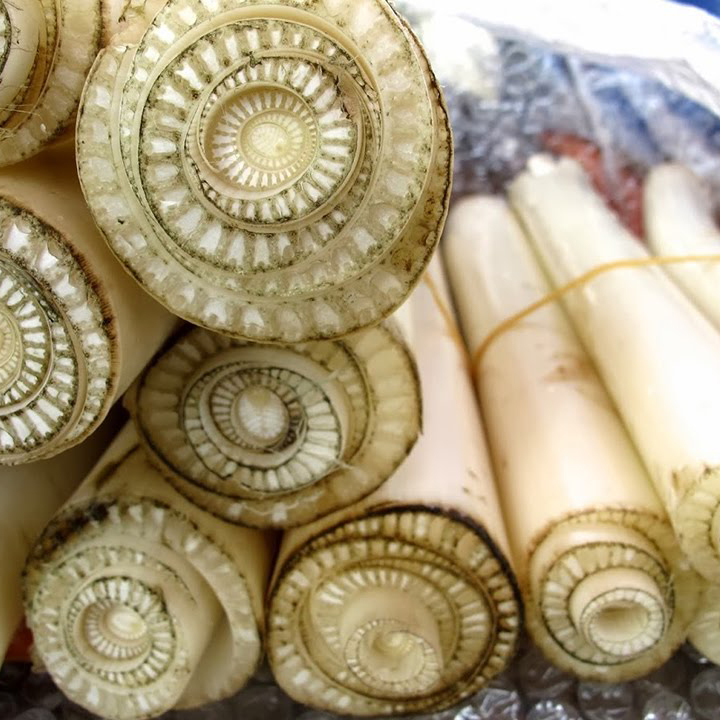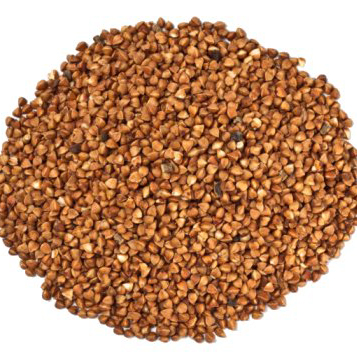
The two closely related species of the thorned vine known as cat’s claw (Uncaria tomentosa and Uncaria guianensis), are traditional herbal remedies from the Amazon rainforest. The popular use of cat’s claw as a folk medicine has prompted a number of scientific studies into its efficacy. Although more research is required, it seems clear that the herb has potent immuno-booster properties, and may thus be useful for cancer patients. Other properties claimed for cat’s claw include pain relief, inflammation reduction, blood cleansing, bowel cleansing, and the reduction of both blood pressure and cholesterol. It is also said to kill cancer and leukemia cells, and to be diuretic, antioxidant, and antiviral.
Cat’s claw is used in nootropic drugs, as well as in treatment of cancer and HIV infection. It contains several alkaloids that are responsible for its medical effects, as well as tannins and various phytochemicals. The chemotype of the plant determines the dominant type of alkaloid it produces, and thus its properties in vivo. One chemotype has roots which produce mostly the pentacyclic alkaloids that are responsible for the immune-strengthening effects desired by most consumers. The second chemotype produces tetracyclic oxindole alkaloids known as rhynchophylline and isorhynchophylline which counteract the immune-strengthening actions of the pentacyclic alkaloids, reduces the speed and force of the heart’s contraction, and in high doses produce ataxia, lack of coordination and sedative effects. Since U. tomentosa comes in at least these two different chemotypes, without chemical testing it is impossible to know which chemical compounds will predominate in a plant collected randomly from a natural setting.
Artemisinin: For the treatment of cancer
Some ingredients appear to act as anti-inflammatory, antioxidant and anticancer agents. As an herbal treatment, Cat”s Claw is used to treat intestinal ailments such as Crohn”s disease, gastric ulcers and tumors, parasites, colitis, gastritis, diverticulitis and leaky bowel syndrome, while manufacturers claim that Cat”s claw can also be used in the treatment of AIDS in combination with AZT, the treatment and prevention of arthritis and rheumatism, diabetes, PMS, chronic fatigue syndrome, prostate conditions, immune modulation, Lyme disease and systemic lupus erythematosus. A 2005 review of the scholarly literature on Cat”s Claw indicates there is supporting evidence toward its use in treating cancer, inflammation, viral infection and vascular conditions, and for its use as an immunostimulant, antioxidant, antibacterial and CNS-related agent
Cat”s claw contains several groups of phytochemicals that account for most of these properties. Firstly, there is a group of oxidole alkaloids with documented immuno-stimulant and antileukaemic properties. Then there are quinovic acid glycosides, which are anti-inflammatory and antiviral. Antioxidants (tannins, catechins and procyanidins) as well as plant sterols (beta-sitosterol, stigmasterol, and campesterol) also account for the plant”s anti-inflammatory properties. And the plant”s carboxyl alkyl esters have demonstrated immuno-stimulant, anti-inflammatory, anti-cancerous, and cell-repairing properties.
Complement all herbal cancer treatments with a The Professional Rife Machine, Version 3 Machine




